This very buggy looking streamer-slash-stonefly-slash-nymph caught my eye. Such a fly should be able to catch almost any kind of trout
I don't remember where I bumped into the Brown Owl, but the look and the name struck med as really interesting. Sometime mid-2018 I was browsing around as I often do on social media, various web sites, YouTube and Vimeo, and somewhere in that stream, this fly caught my eye. My good friend Mike Hogue, owner of Badger Creek Fly Tying also sent me some images of some Brown Owls he had tied and fished.
I like impressionistic and buggy flies, and also prefer flies that call for slightly different tying methods than the average, and this pattern had something. The main attraction was the trimmed hackle, which left a somewhat muddler-looking fly, but with a difference. Now, everyone who has been in fly tying knows that trimming hackle is usually a really big no-no. You trim off the really important part of the feather, the tips, and you should never do it, but choose a hackle that suits the fly with no trimming.
But this was a different kind of trimming. The result reminded me more of Don Gapen's original Muddler Minnow, but with a twist.
I decided to look into the pattern and do a little research with the purpose of writing an article – the very article you are reading right now.
Bart Lombardo
History
The quickest way to probe the history of a fly is of course to do a web search, and that I did. The Brown Owl appeared to be a fairly well known pattern, even though not exactly a household name like many really popular patterns.
The birthplace of the fly I had seen was in the US, no doubt, and very likely the northeast corner it seemed. It didn't take long to find traces of the fly's origins.
The Brown Owl was a sporting goods shop located in Wentworth Location, NH, owned and run by Robert F. Broad, who is also credited as the originator of "The Brown Owl Fly". Broad passed away in 2016.
More owls
That could be the end of that story, but I searched on, and as always, the more you know the less you know. Further research brought more flies named Brown Owl to the surface: A New England based pattern, actually using owl for the hackle as well as a British spider fly also using owl hackle.
Both these featured orange silk for the body and a head/front made from peacock herl, and I sensed a certain kinship between the two, but none with "my" – or rather Broad's – Brown Owl. The source naming them – Perrault – also mentioned a third Brown Owl, this last fly more like the one at hand, tied on a streamer hook with a cream body, a furnace beard and an owl wing. Beard and a wing, huh…? That could sound like a fly somewhat along the lines of Broad's Brown Owl.
I will not try to steal Robert F. Broad's thunder, but as always it seems that something similar had been done before. His final pattern with the bucktail throat, teal wing and clipped hackle must be said to be unique enough to stand as an original pattern.
When I embarked on my Brown Owl journey, I only saw flies with clipped hackles, and that's how I tie them and prefer them, but soon after my first contact, Mike Hogue's images (seen above) showed a version with a full hackle, and when Bart Lombardo of Panfish On The Fly fame saw my images posted online, he sent me a note about the original flies owned and photographed by registered Maine guide John McConochie. In this picture (seen below), you see two original flies from the shop "The Brown Owl", tied with a full hackle and no trimming.
John wrote me when I inquired about the image:
Bob Broad was the owner and local "know all". The man could tell a story! I am not sure if he is the originator, but I always thought so. He would never let you leave the shop without one or two.
The Androscoggin runs right thru town and is a great place to fish. Full of big stonflies! This the only neck of the woods where I've seen those flies for sale.
Your guess on whether the originals were trimmed or not is as good as mine, but I do like the trimmed hackle.
The flies in the photo are from 1982.
Stoneflies
Broad's fly is a stonefly imitation and having the orange or cream colored streak as the original Brown Owls had, makes a lot of sense. Many adult, dark stoneflies actually have very visible contrasting cream, yellowish or orange features.
The current Brown Owl pattern listings I was able to find, essentially all prescribe a gold body, which can make sense, but I must say that I prefer orange.
The fly is supposed to be fished "damp" as many call it, meaning wet and submerged, but just in the surface. Many of the large stoneflies tend to "swim" quite a bit before they fly when hatching, and that's what this fly is supposed to imitate.
Tips on tying
The hook on the original fly was tied on a typical long shank NE streamer hook. Like l-o-n-g shank. Such hooks aren't easy to find in small sizes and thin wire, so I have opted for some other hooks, which I found in my hook stash. The flies you see on this page are tied on three different hooks: Partridge Saltwater Aberdeen and Partridge Stainless Steel Saltwater Aberdeen both size 2 and Kamasan B820 in size 4. All are fairly light wire long shank hooks with straight eyes and do the fly justice, I think. Hook choice isn't critical as long as it is a long shank hook, which isn't too heavy. The fly can be tied in fairly large sizes like 4, 2 and even 1.
The body can, as already mentioned, be tied in gold or a suitable color like cream or orange. The original prescribed oval gold tinsel wrapped for the body, but I have used a braided gold yarn, which is easier to handle – and much less expensive.
The throat or belly is hand stacked gray bucktail, tied it in so that it reaches well beyond the hook point. Make it sparse. We're talking 12-15-20 hairs tied in so that they don't flare too much.
The wing is supposed to lie quite flat over the body, and this is obtained by making sure the thread foundation isn't too tapered, but more cylindrical. Lay down a full feather on top of the hook shank and catch it with a couple of semi-loose thread wraps. Pull the stem to adjust the position and "gather" the feather to a narrow wing and then secure it with a couple of tight wraps.
The original pattern calls for teal flank, but other barred feathers can be used, and I had lots of mallard and used that. Barred woodduck (without the b/w tips) or barred feathers from other ducks like pintail, widgeon or gadwall can also be used. Each has different hues and varying contrast in the barring, but are definitely an option as a replacement for the teal.
The color can be varied. As already mentioned the body can be tied in gold or some "solid" color like yellow, cream or orange. But using a different color bucktail can also add accent, and in principle you can go all the way and use dyed teal as well as a dyed hackle and make a totally different and not very brown Brown Owl.
The hackle is grizzly and has to be quite long fibered, preferably about half the shank length although less can do. But it's a good fly to use some of those oversize feathers often left on necks and saddles after the "good" feathers have been used.
|
|
|
|
|
|
|
|
|
|
|
|
|
|
|
|
|
|
|
|
|
|
|
|
|
|
|
|
|
|
|
|
|
|
|
|
|
|
|
|
|
|
|
|
|
|
|
|
- Log in to post comments

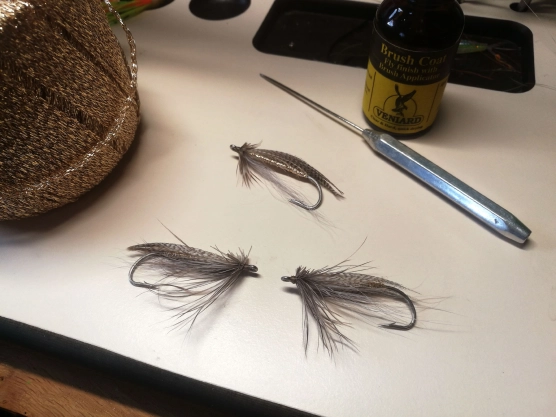
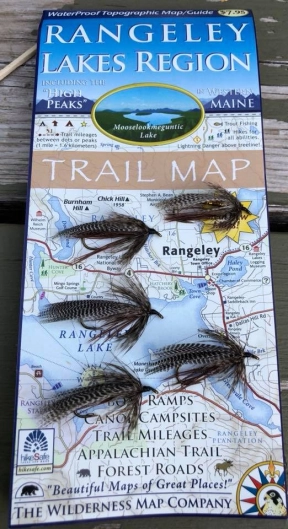
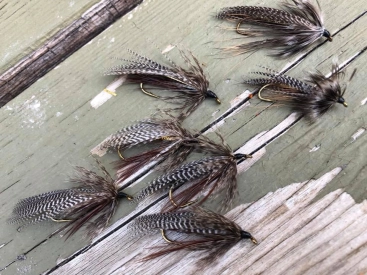
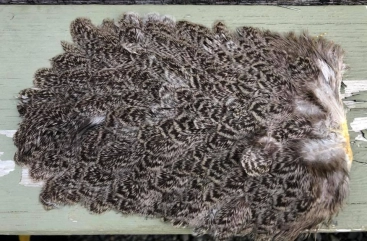
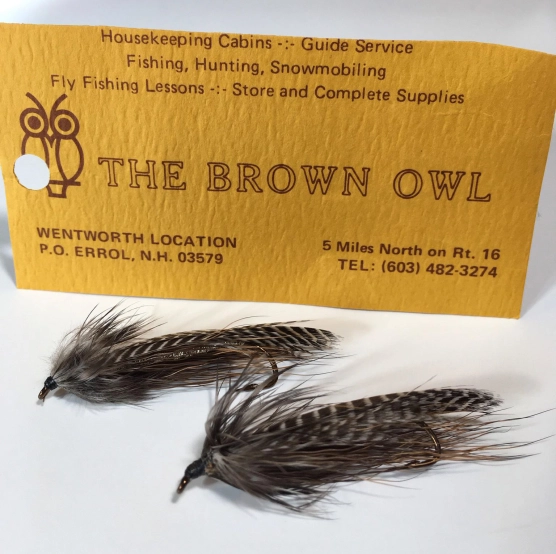
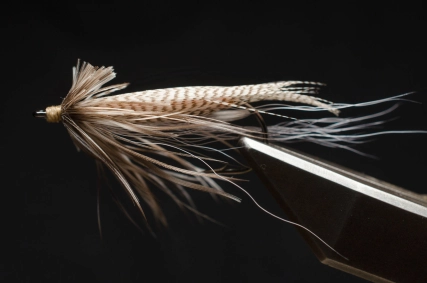
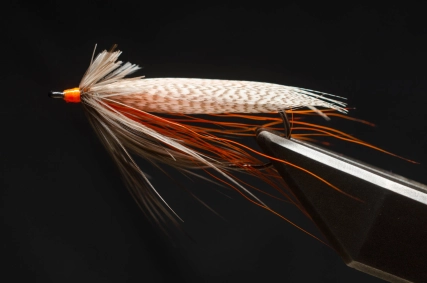

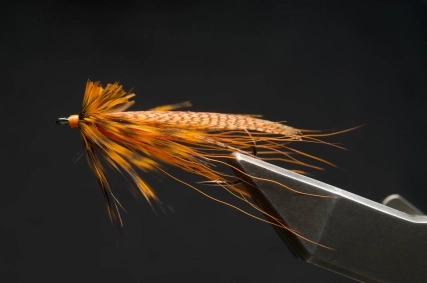
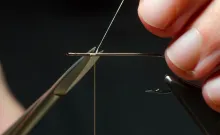
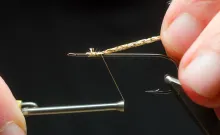
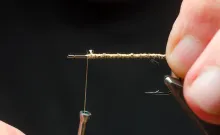

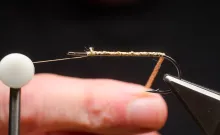
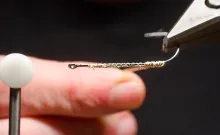
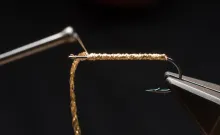
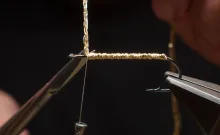
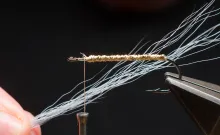

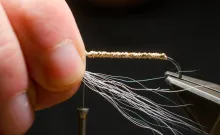
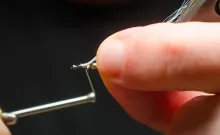
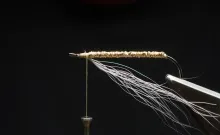
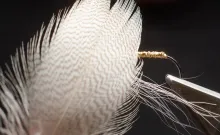
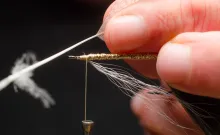
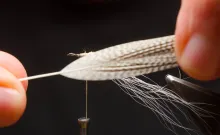
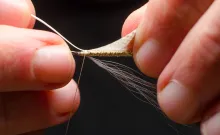

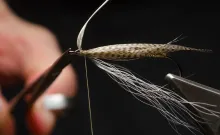

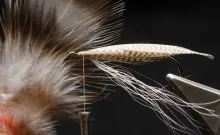
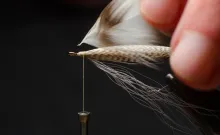
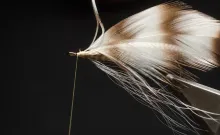

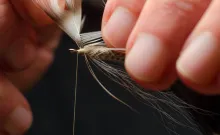

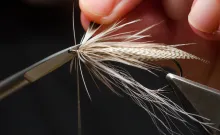
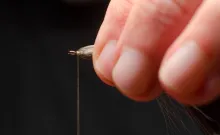
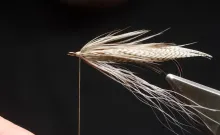
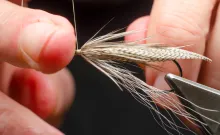

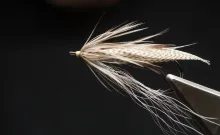
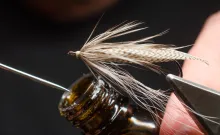
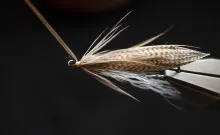
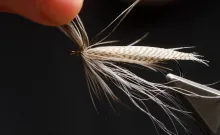
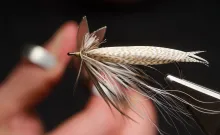


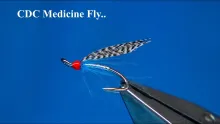

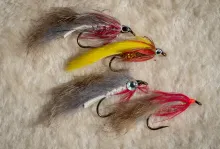



Bob Broad
Met Bob every spring on our way to camp in Maine. He sure could talk fishing and would often tell stories of just teasing the trout by skimming the Brown Owl over the surface.
Questionable materials
Use caution if you do ever come across owl feathers in New England. Using them is very illegal and might be the last day you fish for a while.
Brown owl orgins
Very interesting article on a fly pattern I had forgotten about for many years. The origins of a fly pattern can be very convoluted because we all build on patterns that came before us. It could be a bigger version of an old euro style wet fly. I don't know if related to a western pattern known as the Stayner Ducktail, a popular minnow pattern in reservoirs or the popular Zoo Cougar, but there are many similarities that may have influenced tyers.